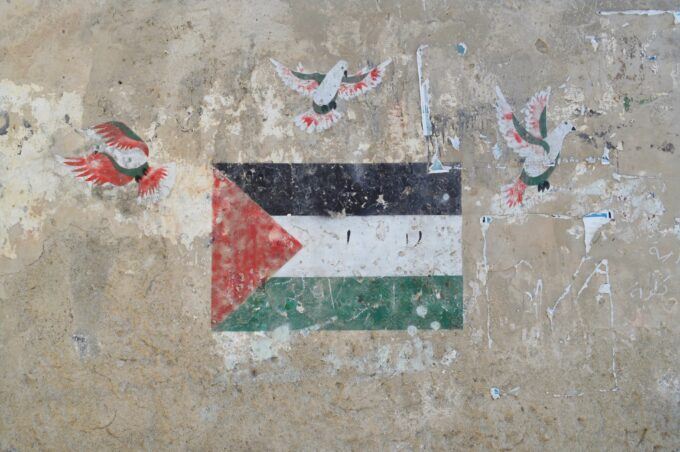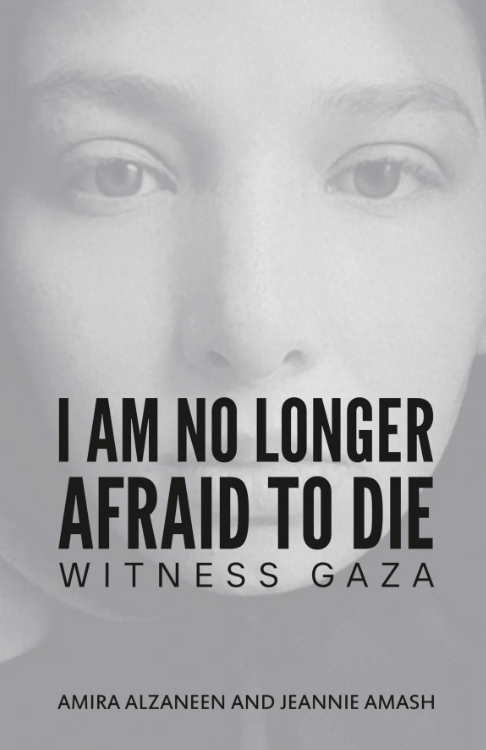
Image by Ash Hayes.
About two months ago, an agreement was reached to establish several distribution centers in Gaza for food and humanitarian aid, supervised by a group of Americans. This initiative came after over three months of complete closure of the crossings, which had prevented the entry of food, medicine, and water into Gaza. Famine worsened, prices soared, and markets were left empty. These centers began operating a month ago.
What was supposed to be a humanitarian effort quickly turned into an inhumane trap. The aid centers were set up in extremely dangerous areas—near Israeli military positions. One such location was Rafah, which is under Israeli control. Another was the Netzarim area, which separates Gaza City from its central region—both classified as “red zones,” where approaching civilians risk being shot. But what choice does a starving man have, looking to feed his family—his children, living in a tent instead of a home?
Every morning, thousands risk their lives by heading to these deadly zones in search of food. These places resemble a scene from Squid Game—food packages placed in a square-shaped area surrounded by sand dunes, with tanks and Israeli soldiers stationed behind them. Sniper rifles mounted on cranes fire randomly. The shooting barely stops. People lie flat on the ground, hoping not to be struck by stray bullets. When the firing pauses, they dash forward, then drop back to the ground when the shots resume. This continues until they reach the food zone.
Once inside, the chaos intensifies. Crowds so dense you can hardly breathe. Around you, people fall—injured, killed, or even suffocating. Everyone is hungry. Everyone is desperate. If you make it through and somehow survive, you may still face American forces spraying pepper spray that causes unbearable pain and unconsciousness.
It’s food soaked in blood. Getting a few bags of flour or legumes requires every ounce of energy just to stay alive. Since the aid program began, over 500 people have been killed, and thousands injured. A terrifying, horrifying scene—this is why I call it a death trap. There is no mercy. Even women and children go, hoping to get a little something.
Once the aid runs out, people flee as tanks approach and the heavy gunfire resumes. You see young men running, clutching white sacks—their food, their suffering, their survival. They hold them tightly, terrified of losing what they’ve risked everything to get. Another kind of war begins.
One question haunts me again and again:
In what way will we die?
Everything in this city has become terrifying. Getting a little requires risking everything. Death by bombing. Death by hunger. Death by fear. Here, everything leads to death.
Haven’t we endured enough for the bloodshed to finally stop?
The post Death Traps: “The American Aid” appeared first on CounterPunch.org.
This post was originally published on CounterPunch.org.